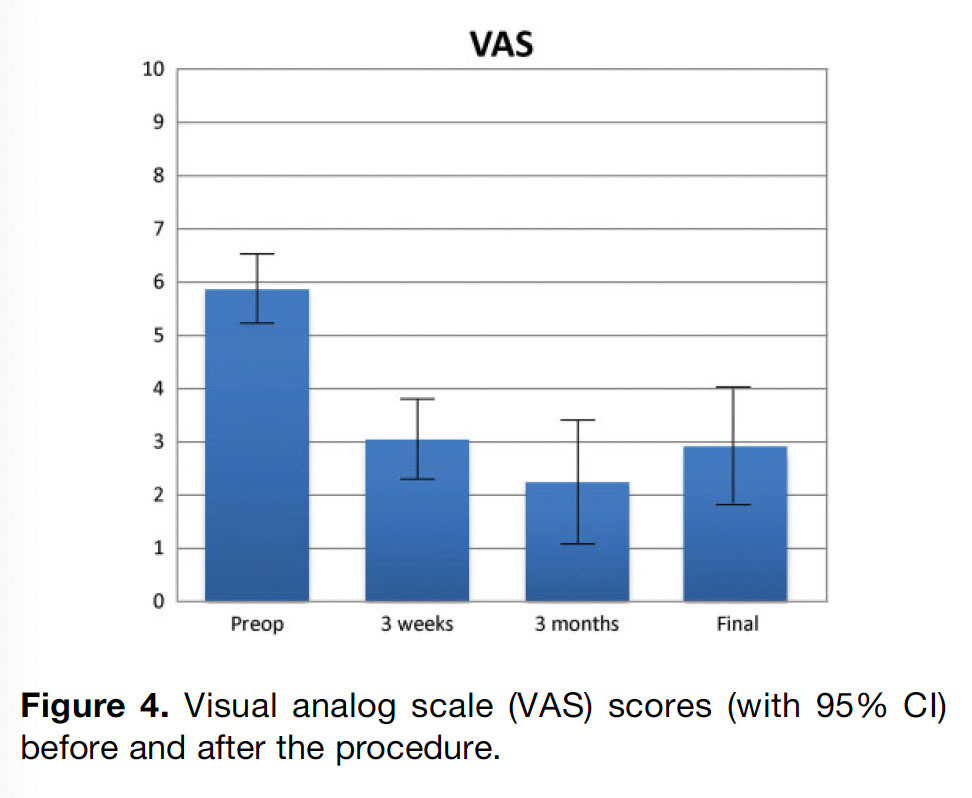
In this case series, Dr. Champ Baker and Dr. J. Ryan Mahoney (2021) presented a case series of patients with chronic lateral hip pain who underwent a Tenex procedure for chronic gluteal tendinopathy. All patients had tendinopathy and/or partial tearing of the gluteus minimus tendon or gluteus medius tendon on imaging, and underwent an ultrasound-guide tenotomy procedure with Tenex.
The patients were followed for 22-months after the procedure. The majority of patients had a clinically significant decreased in pain and improved function. In this study, 90% of patients were able to avoid an open surgery with the tenotomy procedure with Tenex. Only 10% of patients failed the Tenex procedure and required surgery for continued pain.

Gluteal tendinopathy and trochanteric bursitis (i.e. hip bursitis) often are used to describe pain over the side of the hip. In most cases the pain is not bursitis, and is thought to be related to the gluteus medius and/or minimus tendon (Reid, 2106).
Initially, gluteal tendinopathy treatment consists of rest, activity modification, weight reduction, stretching, physical therapy, and nonsteroidal anti-inflammatory medication. More invasive techniques include corticosteroid injections and platelet-rich plasma (PRP) injections.
In some cases, surgery with arthroscopic bursectomy and iliotibial band lengthening are used. In this study, they examined the outcomes with percutaneous tenotomy with Tenex.
Tenex technique uses high-frequency energy to debride pathologic tissue under continuous irrigation (Kamineni et al, 2015). The rationale behind percutaneous tenotomy with Tenex is that when the pathologic tissue is removed, it stimulates a healing process by converting a chronic degenerative process into an acute process, introducing inflammatory growth factors and promoting tendon healing (Khan et al, 1999).
REFERENCES
Baker CL Jr, Mahoney JR. Ultrasound-Guided Percutaneous Tenotomy for Gluteal Tendinopathy. Orthop J Sports Med. 2020;8(3):2325967120907868.
Kamineni S, Butterfield T, Sinai A. Percutaneous ultrasonic debridement of tendinopathy: a pilot Achilles rabbit model. J Orthop Surg Res. 2015;10:70.
Khan KM, Cook JL, Bonar F, Harcourt P, Astrom M. Histopathology of common tendinopathies: update and implications for clinical management. Sports Med. 1999;27(6):393-408.
Reid D. The management of greater trochanteric pain syndrome: a systematic literature review. J Orthop. 2016;13(1):15-28.
Adductor longus selective tenotomy is a modern surgical treatment for chronic groin pain that offers faster recovery and better outcomes than traditional full release surgery. The adductor longus, an inner thigh
Read MoreDiscover how ultrasound helps diagnose plantar fat pad atrophy, a leading cause of ball-of-foot pain. Learn about symptoms, thickness cutoffs, and why early detection matters for relief.
Read More